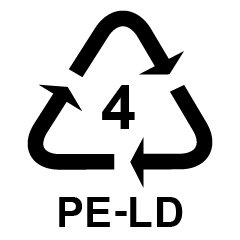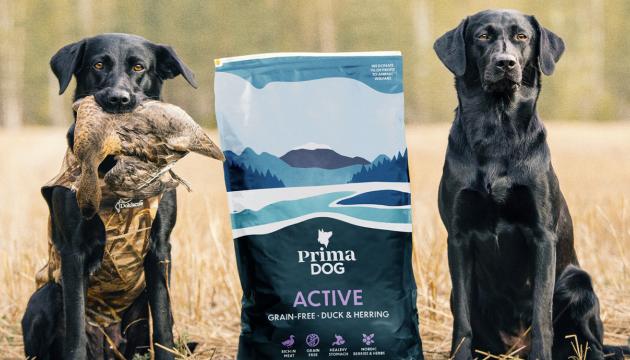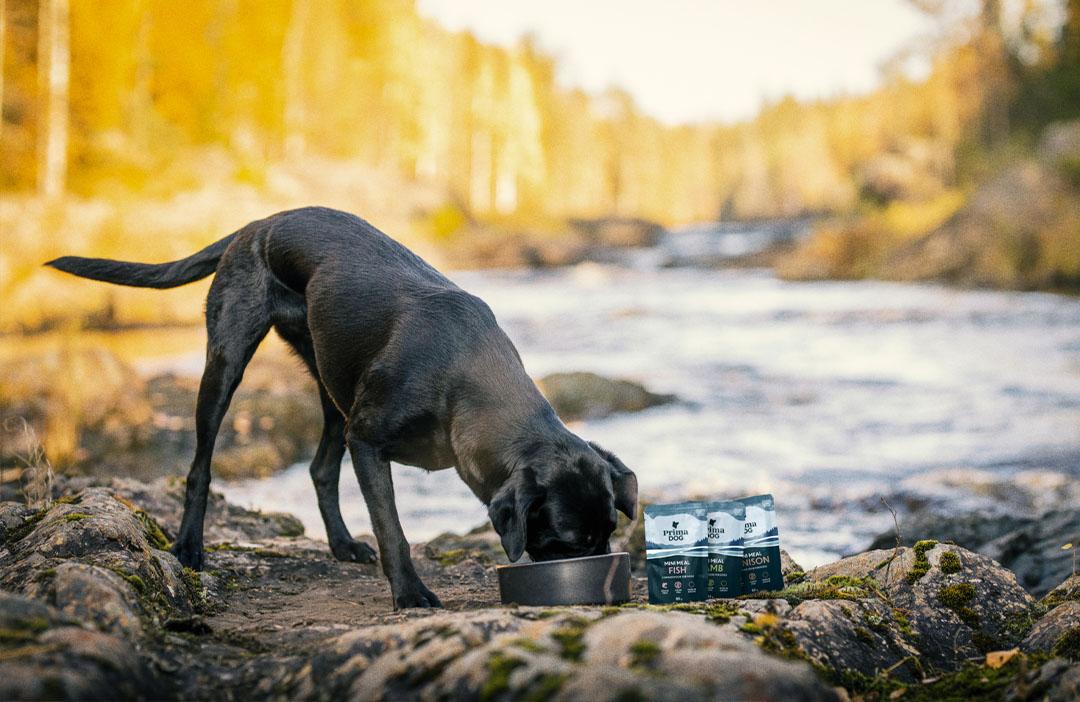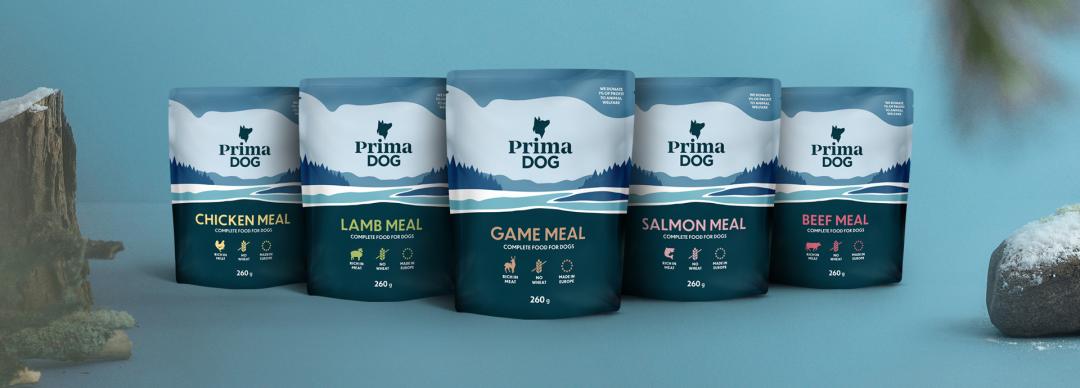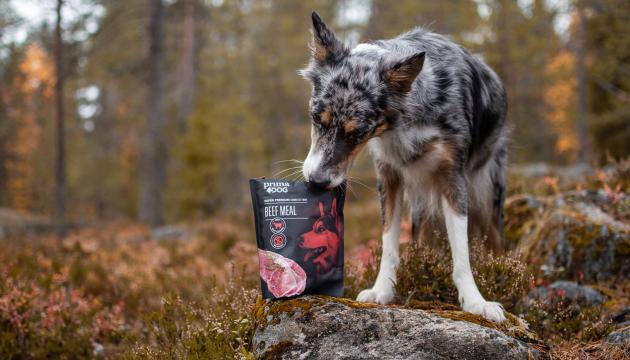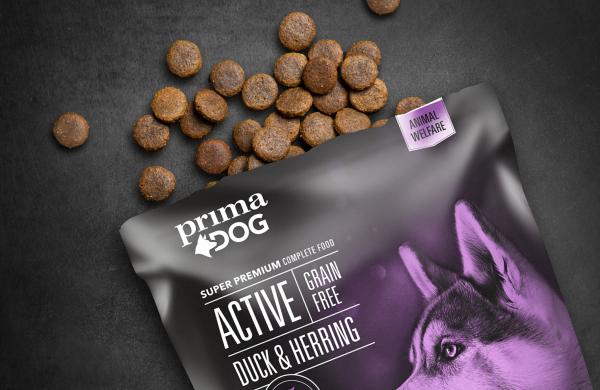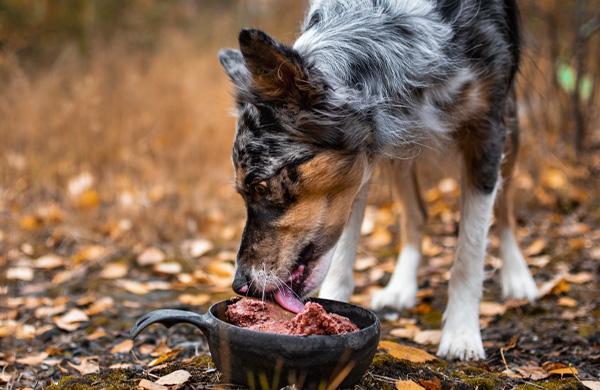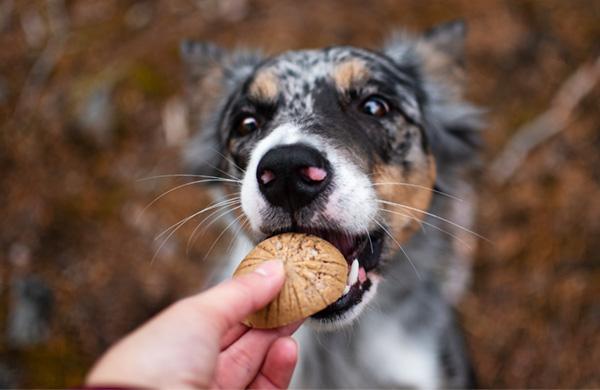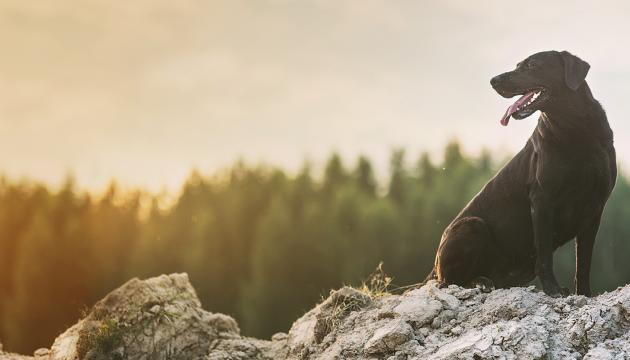Does your furry friend eat the same food day after day? It might be high time to shake things up in your dog's diet. Offering a diverse range of foods not only promotes a happy stomach but also adds a dash of excitement to your dog's meals. In this article, we explain why you should offer a variety of different foods to your four-legged friend.
A happy tummy, a happy dog
Your dog's stomach is like a bustling metropolis, teeming with all sorts of critters, from bacteria to itsy-bitsy organisms, forming what we call the 'gut microbiota'.
In both hounds and humans, gut health is like a mirror, reflecting the overall well-being of the body. We are constantly uncovering more about how this bustling community in our furry friends' tummies affects their metabolism, immunity, and even their nervous system. It is believed that the gut microbiota plays a part in everything from how the dogs digest food to stave off allergies and manage their weight.
You know your dog’s gut is in tip-top shape when the gut microbiota is balanced and diverse.
Finding the right balance: the lowdown on your dog's gut
When it comes to the bustling community in your dog's stomach, think of it as a bit of a tug of war between the good and bad bacteria. The harmony in your dog's gut microbiota can get a bit wonky if the scales tip in favor of the bad bunch.
This imbalance of the gut microbiota can have some not-so-pleasant repercussions. Obesity, metabolic hiccups, and pesky immune disorders, all potentially on the horizon if things go off balance.
Studies have shown that chubby dogs tend to have a less diverse gut microbiota compared to their normal weight counterparts. So, a balanced dog's diet is more than just a good idea – it is a health essential.
Also, a dog’s diet that is too narrow and antibiotics can shake the balance of the gut microbes. So, keep your dog’s diet in check and let your dog's tummy thrive!
Five reasons why a varied diet is good for your dog
1. Gut health: A diverse dog’s diet does wonders for your dog's gut health. The stimulus brought by different foods enriches the gastrointestinal bacterial flora.
2. Smooth diet transitions: The dog gets used to variety, when the dog chows down on a mix of protein sources and various kind of foods. This can come in handy down the line if you decide to switch things up in your dog’s diet. For some handy tips on how to make that transition smooth, check out our guide on changing your dog's diet.
3. Immunity boost: Especially for puppies, tossing in a bit of raw dog food can do wonders for the dog’s immunity, potentially warding off allergies and food sensitivities. Of course, we recommend a well-rounded diet as the cornerstone to ensure your little one gets all the nutrients it needs for healthy growth. Dive deeper into feeding a puppy here!
4. Weight watcher's buddy: Adding some wet dog food alongside the kibble can be a nifty trick for managing your dog's weight. Wet food has a higher water content, allowing for larger portion sizes compared to dry food. This means your dog can feel satisfied without packing on extra calories.
5. Better taste: For a picky eater, mixing things up in the food bowl with something other than kibble might just do the trick for a heartier appetite.
So, remember, a varied dog's diet is not just a treat—it can be a game-changer for the dog’s health and happiness!
How can you add variety to your dog's diet?
1. Create a steady base
When it comes to feeding your furry friend, ensuring the dog has enough energy and nutrients for the daily adventures is the key. That is why leaning towards complete dog foods, like dry dog food, is usually the simplest route. Find more insights on dog’s nutrition.
By making about 70% of your dog's diet consist of complete dog foods, you are ensuring the dog gets its daily dose of essential vitamins and minerals. The remaining 30% is where you can get a bit creative. You can add some variety with wet dog food, sausages for dogs or ingredients of your choice, such as meat or fish.
All PrimaDog wet dog foods and sausages for dogs are complete dog foods that you can use for your dog’s main meal or as a supplement with dry food. Explore the products.
2. Balance the bacterial buzz
Studies indicate that incorporating raw dog food into your dog's diet can be a powerful way to diversify the dog’s gut microbiota. However, it is important to note that raw food does come with its own set of risks, potentially exposing your dog to pathogens. For instance, raw meat might lead to parasitic infections, and harmful bacteria could find their way into humans as well. To mitigate these risks, it is crucial to handle the raw meat with the utmost hygiene or cook it. If you are cooking the meat, it is safest to use only boneless meats.
Another approach to influencing the quality of your dog's gut bacteria is by tweaking the ratio of protein, fat, and carbohydrates in their diet. Research on overweight dogs has revealed that a diet rich in protein and low in carbs can foster a healthier gut bacteria balance and aid in weight management.
So, if you have got a hefty dog at home, and the dog’s diet is clocking in at around 20% protein, it might be worth considering a switch to a higher protein regimen. Alternatively, you can swap out 30% of their diet with some wet food, sausages for dogs, or meat. For more tips on picking the right dog food, check this out.
Including prebiotics that bolster the growth of beneficial gut bacteria can also make a positive difference in your dog's gut microbiota. This is why all PrimaDog dry foods come with added fructo-oligosaccharides (FOS) and mannanoligosaccharides (MOS).
Lactic acid bacteria are good for the dog, especially if the dog must have antibiotics. Ask your vet or pharmacist for advice on suitable products.
Exploring diet options for your dog? Read more practical tips for adding variation to your dog’s diet.
References
Hemida, Manal B. M., Salin, Siru, Vuori, Kristiina A., Moore, Robin, Anturaniemi, Johanna, Rosendahl, Sarah, Barrouin-Melo, Stella Maria & Hielm-Björkman, Anna (2021) Puppyhood diet as a factor in the development of owner-reported allergy/atopy skin signs in adult dogs in Finland. Journal of Veterinary Internal Medicine 35(5): 2374–2383.
Huang, Zongyu, Panb, Zhiyuan, Yang, Ruifu, Bib, Yujing & Xionga, Xiaohui (2020) The Canine Gastrointestinal Microbiota: Early Studies and Research Frontiers. Gut Microbes 11(4): 635–654.
Li, Qinghong, Lauber, Christian L., Czarnecki-Maulden, Gail, Pan, Yuanlong & Hannaha, Steven S. (2017) Effects of the Dietary Protein and Carbohydrate Ratio on Gut Microbiomes in Dogs of Different Body Conditions. mBio 8(1): e01703-16.
Wernimont, Susan M., Radosevich, Jennifer, Jackson, Matthew I., Ephraim, Eden, Badri, Dayakar V., MacLeay, Jennifer M., Jewell, Dennis E. & Suchodolski, Jan S. (2020) The Effects of Nutrition on the Gastrointestinal Microbiome of Cats and Dogs: Impact on Health and Disease. Frontiers in Microbiology 11(1266).
